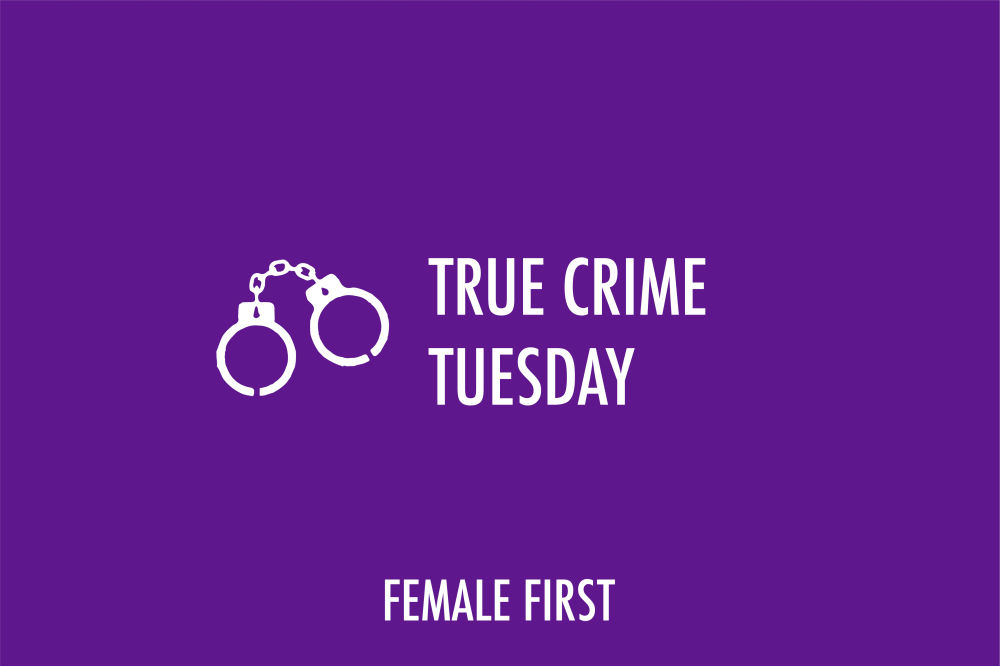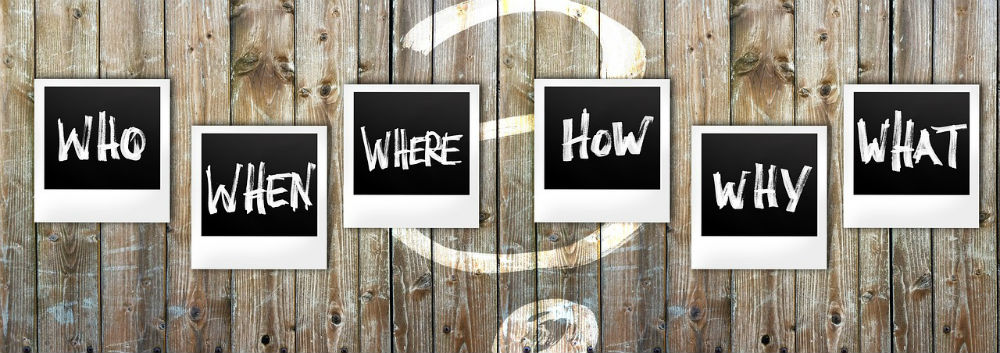
It’s an undeniable fact - we’re a nation obsessed with true crime. As we engaged in heated discussions over Making a Murderer, stayed up late to listen to an episode of Serial and read every story about Anna Delvey, many of us like to think we could do better than the real investigators. The sad reality is that we (probably) can’t. It takes a force of skilled people to solve a crime; from detectives and police operatives, to lawyers and - professionals we don’t tend to hear a whole lot about - forensic linguists.
Often overlooked, this science applies linguistic knowledge to crack a case. From the language of lawyers, criminals’ own words and the written law itself, to spoken or written evidence, forensic linguistics tends to get lost within the drama of true crime. We spoke to the experts at leading language learning app, Babbel, to help us uncover the ins and outs of this mysterious profession.
A brief history of forensic linguistics
While it might be a new topic for you, forensic linguistics isn’t a new science - it was first used by Jan Svartivik, a professor of linguistics, in 1968. Since its induction, it has become divided into three key areas; understanding the language of written law, understanding the language used in judicial processes and the court of law; and the provision of linguistic evidence. It’s a discipline not to be overlooked, as language analysis can be an important factor in proving someone’s guilt or innocence.
Innocent or guilty: Making decisions based on lawyer-speak
In a court of law, lawyers dominate the floor and do most of the speaking and the language they choose to use can be very influential when it comes to selling guilt or innocence to the jurors. Leanne Bartley, a lecturer in applied linguistics at Swansea University, conducted in-depth research in the field of forensic linguistics, specialising in sexual assault cases. She found that certain phrasings can be used to tip the scales the wrong way and bring about wrongful convictions or miscarriages of justice. For example, if the prosecuting attorney used ‘this girl was sexually assaulted’, instead of the phrase ‘the defendant sexually assaulted this girl’, attention is removed from the accused. This could change the jurors’ entire perception of events and return an innocent or guilty verdict with just a few words.
A bilingual science: Looking at forensic (multi)linguistics
Some cases rely almost entirely on the written word and the ability of the defence to prove, beyond reasonable doubt, that the accused isn’t responsible for writing a particular piece of evidence. Krzysztof Kredens, co-director of the Centre for Forensic Linguistics, worked on a case in 2012 in which he was asked to determine whether a non-native English speaker with limited proficiency in the language could have produced a specific, complex business document. In order to assess the fluency of the accused’s English, Kredens turned to their personal emails. He was able to determine a ‘linguistic profile’ by looking at everything from the words that were used and the way sentences were structured. Comparing the two is what eventually led to acquittal - it was clear that the accused simply couldn’t have written the document in question, due to a limited knowledge of the English language.

Murder, they wrote: Analysing the works left by criminals
From Ted Bundy to Edmund Kemper, true crime has taught us that serial killers love attention. They crave fame and often want to leave something of their terrible legacy behind in written form - it’s frequently the job of forensic linguists to analyse these works. In the case of the Unabomber, it was a 35,000-word ‘manifesto’ that forensic linguist James Fitzgerald urged the FBI to release to the public.
With the help of a tip line, a detailed ‘linguistic profile’ of the criminal led the FBI straight to the door of the guilty Ted Kaczynski. Before this analysis, the FBI had very few leads and little idea of who the bomber could be.
Forensic linguistic analysis has also been applied to try and make sense of long-unsolved cases. In 2018, Andrea Nin, a forensic linguist at the University of Manchester, analysed the letters allegedly signed by Jack the Ripper. She found that two letters were likely to have been written by the same person and that they contained some linguistic similarities in the phrases used in both letters, but unfortunately, the case still remains unsolved to this day.
Putting it into practice
Sometimes the smallest fluctuations in language can determine whether someone is innocent or guilty, or whether a lawyer is using their mastery of the spoken word to influence a jury. Next time you find yourself glued to a true crime podcast or documentary, think - is your perception of the case being influenced by what’s been said or written? Perhaps you could be the forensic linguist that finally cracks the case.
RELATED: The Butcher of Plainfield and the inspiration for Psycho's Norman Bates, Ed Gein
Tagged in True Crime

